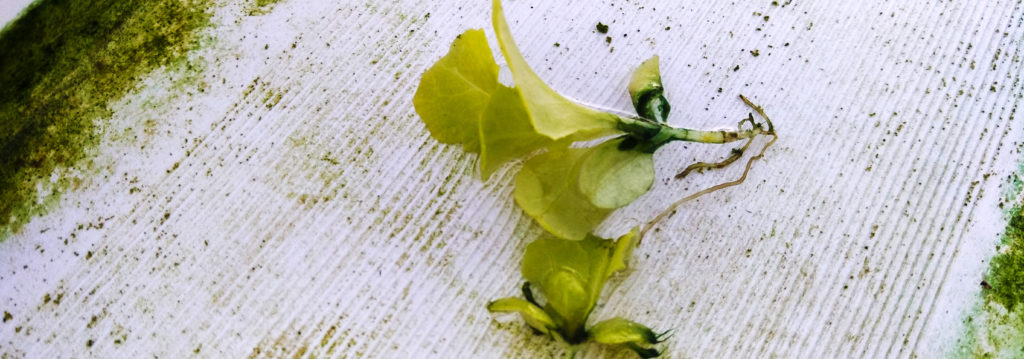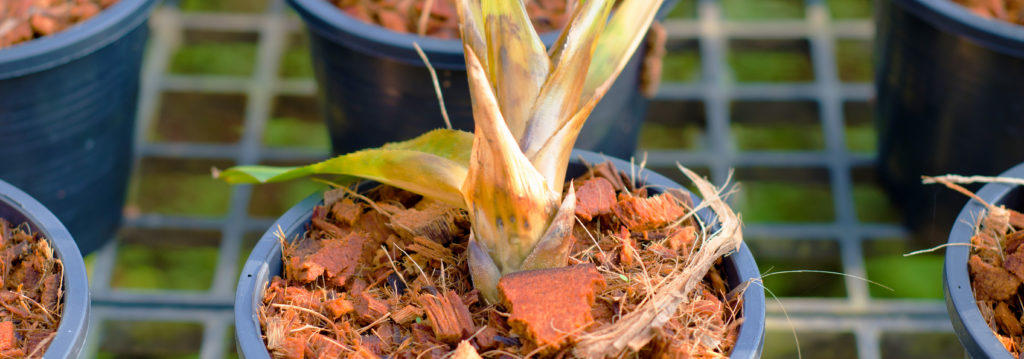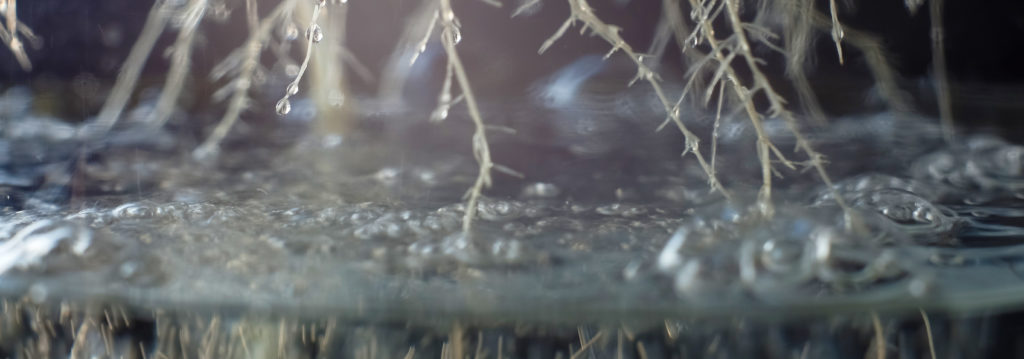How to Stop Root Rot?

What is root rot?
Anyone who’s had any sort of gardening experience has dealt with the dreaded root rot. Root Rot is a very literal term, meaning when the roots of a plant begin to rot. The reason this happens is very simple: over-watering. In Hydroponics this is a much bigger issue than in traditional systems as the roots are constantly in a water-based nutrient solution. Because this is so common, we’ve decided to provide a guide on how to stop root rot.

So how can I tell it’s root rot?
The first sign is that the leaves and/or petals begin to become discoloured, often turning yellow or brown. Often you’ll see the plant begin wilting and this is an indication of an oxygen deficiency. The deficiency is caused by the roots not being able to absorb oxygen due to the rot. Removal of the plant from the system will show discoloured or even unnaturally black roots. These roots will be so weakened that they may simply fall off when touched, being incredibly slimy to the touch. Although it should be noted that some species will have black roots even when healthy.
Root rot in itself can be caused by a number of factors relating to the over-watering. But the most common factor is one of several types of fungus being invigorated by the large quantity of water and very suddenly multiplying in the roots of plants, cutting off their oxygen supply.

Stopping Root Rot
The best way to prevent root rot is simply to prevent it occurring in the first place, for Hydroponics systems this means aerating the water as much as possible. This can be done most effectively with an air stone but there are also several other alternatives. If you’re growing in soil, we recommend only watering the plant when the soil is dry to the touch, use a fine soil as well, as thicker soil types will be less able to drain water effectively. Also if you’re growing in a coco mix, then you’ll need to alternate between a wet and a dry ‘cycle’. Oscillating between these two states and never allowing your plant to be too wet or dry will ensure the healthiest results.
When worst comes to worst
However, what do you do if you haven’t taken preventative measures? Well for that we have a winning strategy that’ll increase the odds of your plants’ survival, but you must act quickly! Begin by removing the plant from the system and cut away as much of the infected roots as possible as if you don’t, it’ll spread to the rest of them. Next, place the healthy roots still attached to the plant into agricultural disinfectant. This will help to kill off any trace microbes of the disease remaining. Once it’s been treated according to the instructions on the agricultural disinfectant, place it back into the system. BUT WAIT! Ensure you have cleaned out the existing system. Replace all water and nutrient mix in the system. Otherwise any particles of the fungal infection left over could simply re-infect your plants!




